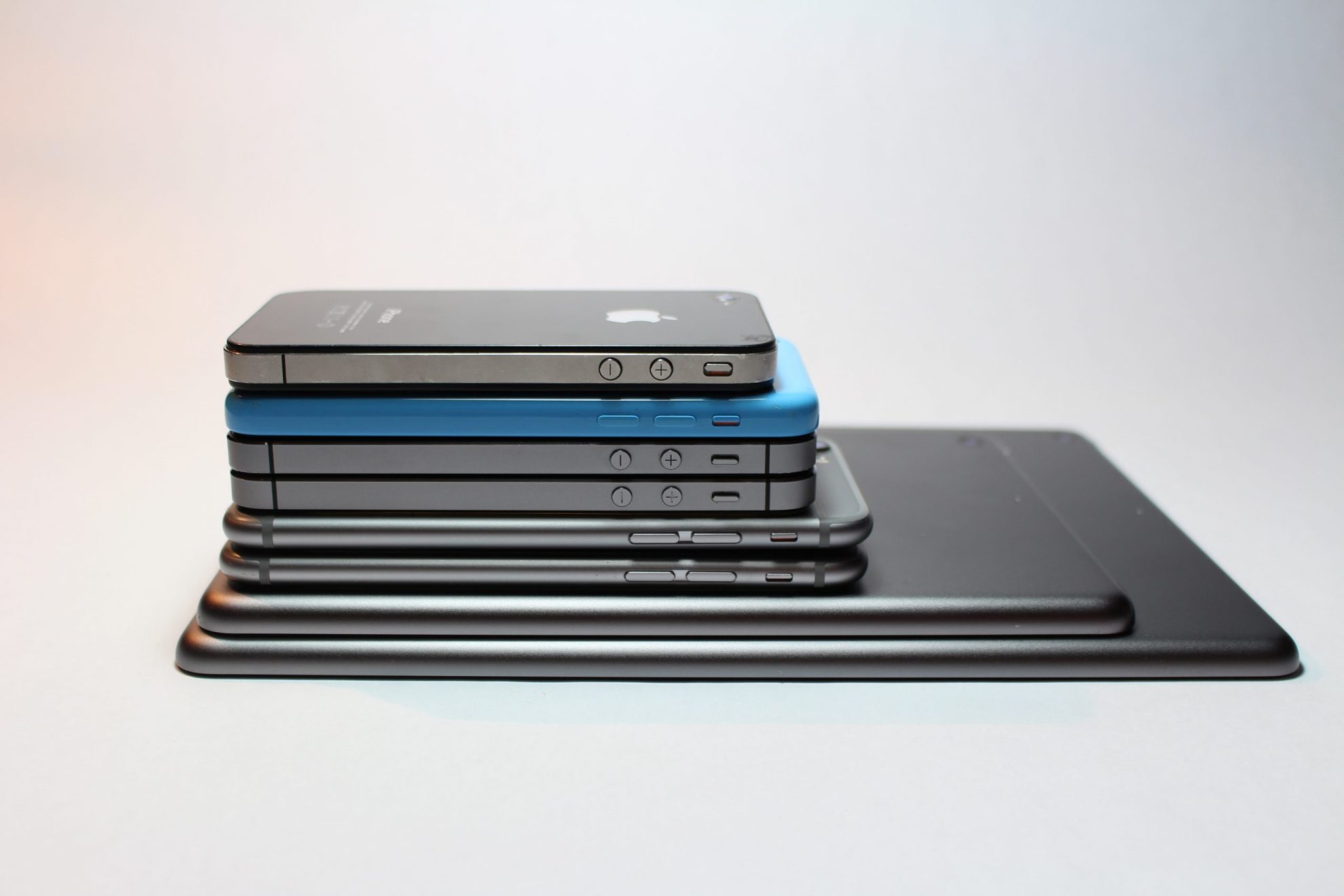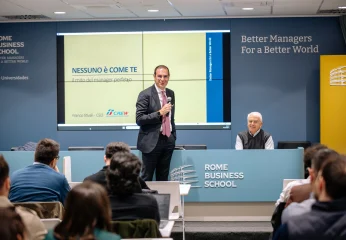RBS – Research Center releases “Counterfeiting in the current economic context”: 30 billions of euros of counterfeiting turnover in Italy and the global challenges to block illicit products

“Counterfeiting in the current economic context. The main tools for the protection of the “Made in Italy” a national and worldwide analysis on trends and values of one of the spread activities of the last decade increases in the medical supplies following the Covid-19 pandemic.
Rome Business School – Research Center’s Report “Counterfeiting in the current economic context. The main tools for the protection of the “Made in Italy”, redacted by Valerio Mancini, Director of the Rome Business School Research Center, and by Fabio Guglietta, CEO of BiT256, analyzes the characteristics of the phenomenon and its most affected sectors, highlighting an exponential growth in the market growth for drugs and illicit medical supplies following the Covid-19 pandemic.
Counterfeiting, the turnover in Italy exceeds 30 billions of euros. And with Covid-19, the market for counterfeit medicines is growing According to the Report, fake objects seized and misleadingly destined for consumers representing economic damage equal to 100% of the value of the original goods, unlike products clearly sold as fakes.
Regarding the most popular fake products, the data that emerged from the research highlights the tendency of counterfeiters to enter the primary market (products destined deceptively to consumers) to obtain a more effective ROI.
In particular, the numbers show an increase:
48% for clothing (which remains the most exposed sector with a production value of 2.2 billion euros, equal to 32.5% of the total); 307% for footwear; Above 90% for electrical and IT equipment (with a production value of 1 billion euros). The Italian “fakes” are mainly produced in Campania (clothing and commodities), Tuscany, Lazio and Marche (leather products), in the North-East and North-West regions (watches). The main hubs for criminal activities related to counterfeiting are represented by Lombardy, Campania, Lazio and Liguria.
Worldwide, “Italian companies suffer the most from the loss of turnover due to counterfeit goods that are sold abroad regardless of where they are produced” Valerio Mancini – Director of the Rome Business School, Research Center. Leather goods and bags are in first place among imported counterfeit goods with 16% of fakes and, to follow, games and toys with 14.9%. “A huge damage if we consider that in Italy one job out of 3 (about 31.5%) is found in industries that make intensive use of trademarks and patents, contributing to half of the Italian GDP”.
The study then analyzes the main global challenges following the COVID-19 pandemic: the movement of drugs and illicit medical supplies across borders has increased exponentially “Amazon has banned more than a million products that claim to protect against the coronavirus – or even to cure it; Less than 2 months after the start of the control activities, OLAF (the European Anti-Fraud Office) has identified over 340 companies acting as intermediaries or traders of counterfeit products or products that do not comply with the standards related to the pandemic”.All this seems to influence the forecasts of the global anti-counterfeiting market: given that the value of the counterfeit market is approaching 4% of the total world market value (OECD data), considering the stress on the markets caused by Sars-Cov-2 and the first data on seizure activities, the CAGR (Compound Annual Growth Rate) in the anti-counterfeiting packaging market alone, which in the pre-pandemic era was around 5%, will grow to 11.98% to reach 169.847 billion dollars by 2025.




